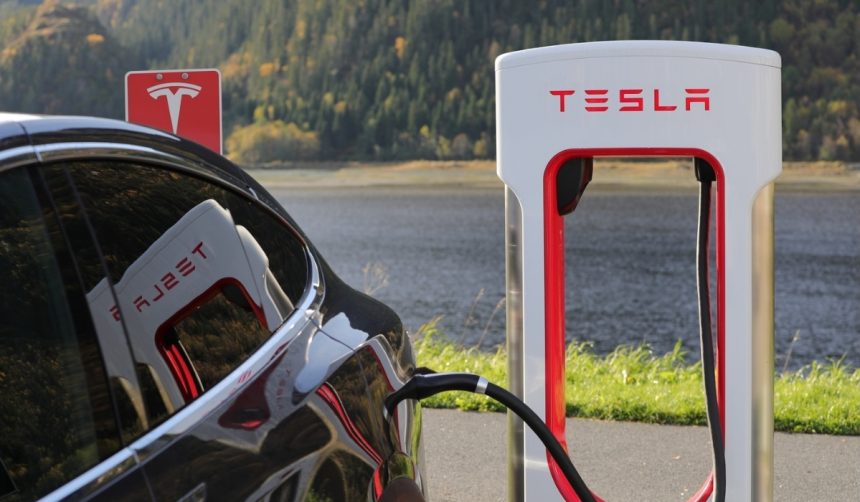In a significant move toward autonomous transportation, Tesla aims to introduce its Robotaxi service in Austin, Texas. The proposed launch date of June 1 represents the company’s ambition to integrate its Full Self-Driving technology with public ride-hailing services. As this development progresses, it underscores a broader industry trend towards autonomous solutions, with Tesla positioned at the forefront of this transition. Though the company has encountered challenges in meeting previous timelines, the focused effort on the Austin launch suggests a committed strategy to make autonomous rides a reality.
Tesla has a history of setting ambitious timelines that occasionally face delays, such as the delayed “feature-complete” Full Self-Driving suite. Despite such hurdles, the push towards launching the Robotaxi service demonstrates Tesla’s continued effort to solidify its place in the autonomous vehicle market. Comparatively, competitor efforts in the area of self-driving technology reveal various strategies and timelines, with some companies opting for gradual regional rollouts and others investing heavily in infrastructure for more widespread deployment. Tesla’s current approach reflects a cautious yet determined expansion into autonomous ride-hailing.
What’s the Plan for Tesla’s Robotaxi Launch?
Tesla has been preparing diligently for the Robotaxi service launch by engaging with the City of Austin and enhancing its Full Self-Driving suite capabilities. Initial operations, potentially managed by teleoperators, aim to ensure the safety and reliability of the rides. Tesla intends to commence the service using a fleet of Model Y vehicles with limited initial availability, and expand as functionality stabilizes. While June 1 is mentioned as a speculative launch date, substantial preparations are underway.
How Will Tesla Ensure Safety?
To maintain safety during the early phases, Tesla plans to supervise initial rides more closely. The presence of teleoperators will provide oversight, addressing any immediate concerns and ensuring rider safety. The limited fleet size, possibly between 10 and 20 vehicles, allows for a controlled evaluation period to refine the technology before expanding the service. Tesla has indicated significant attention to this aspect, primarily to build trust and demonstrate the capability of its autonomous systems.
Who Gets Early Access to Tesla’s Robotaxi?
Early access to the Robotaxi service will be available to select users before a broader public rollout. The service will initially cater to a specific group, with plans to expand to the general public later in the month of June. CEO Elon Musk has emphasized the company’s focus on starting small, analyzing real-world outcomes, and adjusting the system accordingly for a scaled approach. This strategy seeks to balance innovation with manageable risk, allowing Tesla to refine its offering prior to large-scale implementation.
The pursuit of autonomous technology continues to shape the transportation landscape. Tesla’s upcoming launch in Austin will likely bring closer scrutiny to self-driving implementations, both from technological and regulatory perspectives. As the company prepares for the introduction, industry observers remain attentive to Tesla’s execution, which could influence other players in the automotive and tech sectors. Successful deployment could further accelerate autonomous vehicle adoption, while any challenges might provide valuable lessons and prompt broader industry discussions on the future of self-driving cars.










